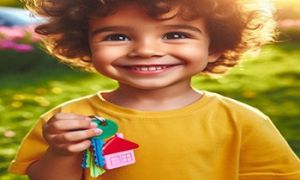The following lists the sub outcomes, examples of evidence when children can achieve each sub outcome and how educators can promote and help children to achieve MTOP Learning Outcome 5 - Children Are Effective Communicators.
In school-age care settings, children build individual capabilities as well as community connections. Children use their communication skills particularly as listeners and speakers to engage in relationships with others. Play in all its dimensions provides children with opportunities for communication.
MTOP Learning Outcome 5: Children Are Effective Communicators
5.1 Children interact verbally and non-verbally with others for a range of purposes
This is evident, for example, when children:
- engage in enjoyable interactions using verbal and non-verbal language
- convey and construct messages with purpose and confidence, building on home/family and community literacies
- use language and representations from play, music and art to share and project meaning
- contribute their ideas and experiences in play, small and large group discussions, including decision-making opportunities such as making group rules
- are independent communicators who initiate Standard Australian English and home language conversations and
- demonstrate the ability to meet the listeners’ needs
- interact with others to explore ideas and concepts, clarify and challenge thinking, debate, negotiate and share new understandings
- convey and construct messages with purpose and confidence, for example expressing needs, conflict resolution, following directions
- express ideas and feelings and understand and respect the perspectives of others
- use verbal and non-verbal language to communicate thinking
- participate in play opportunities that promote social interaction with peers
Educators promote this learning by:
- respond sensitively and appropriately to children’s conversations
- value children’s linguistic heritage and with family and community members encourage the use of and acquisition of
- home languages and Standard Australian English
- collaborate about routines and procedures
- model language and encourage children to express themselves through language in a range of contexts and for a range of purposes including leading and following directions
- engage in sustained communication with children about ideas and experiences
- include real-life experiences and resources to promote children’s use of literacy and numeracy
- allow children to direct their own play experiences with their peers
5.2 Children engage with a range of texts and gain meaning from these texts
This is evident, for example, when children:
- enjoy stories, verse and lyrics
- view, listen to and enjoy printed, visual and multimedia texts
- take on roles of literacy and numeracy users in their play
- actively use, engage with and share the enjoyment of language and texts in a range of ways
- recognise and engage with written and oral culturally constructed texts
- use a range of texts for instructions for leisure activities such as sport and craft
Educators promote this learning by:
- provide opportunities for children to follow directions from everyday texts such as recipe books, instructions for craft, rules for sports or games.
- read and share a range of books, magazines and newspapers with children
- provide a literacy-enriched environment including display print in home languages and Standard Australian English
- incorporate familiar family and community texts and tell stories
- encourage children to share their interests in music and discuss lyrics
- engage children in discussions about books and other texts that promote consideration of diverse perspectives
5.3 Children collaborate with others, express ideas and make meaning using a range of media and communication technologies
This is evident, for example, when children:
- engage with media and technology for fun and to make meaning
- use language and engage in play to imagine and create roles, scripts and ideas
- use the creative arts such as drawing, painting, sculpture, drama, dance, movement, music and storytelling
- use technologies in everyday life, for example, recording daily activities in program journals
- use information and communication technologies to express ideas, access images, information and explore diverse perspectives
- engage with information and communication technology tools for designing, drawing, editing, reflecting and composing
Educators promote this learning by:
- build on children’s family and community experiences with creative and expressive arts
- provide a range of resources that enable children to express meaning using photography, visual arts, dance, drama and music
- join in children’s play and leisure activities and co-construct materials, for example, signs, posters and journals that
- extend and support literacy learning
- collaborate with children to record the shared activities undertaken
- integrate technologies into children’s play and leisure experiences, projects and routines
- encourage the use of technologies between children, and children and educators
- discuss protocols about the use of communication technologies
References:
MTOP Learning Outcomes, Aussie Childcare Network
How Children Can Achieve MTOP Learning Outcomes, Aussie Childcare Network
How Educators Can Promote MTOP Learning Outcomes, Aussie Childcare Network


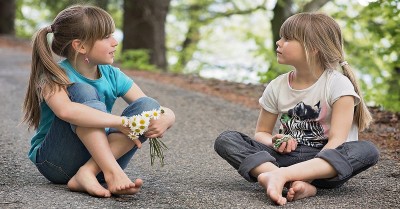
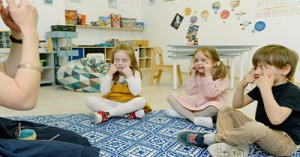

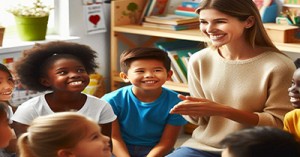
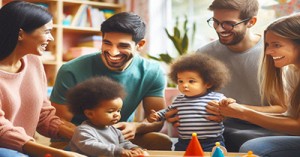
 Here is the list of the EYLF Learning Outcomes that you can use as a guide or reference for your documentation and planning. The EYLF
Here is the list of the EYLF Learning Outcomes that you can use as a guide or reference for your documentation and planning. The EYLF The EYLF is a guide which consists of Principles, Practices and 5 main Learning Outcomes along with each of their sub outcomes, based on identity,
The EYLF is a guide which consists of Principles, Practices and 5 main Learning Outcomes along with each of their sub outcomes, based on identity, This is a guide on How to Write a Learning Story. It provides information on What Is A Learning Story, Writing A Learning Story, Sample
This is a guide on How to Write a Learning Story. It provides information on What Is A Learning Story, Writing A Learning Story, Sample One of the most important types of documentation methods that educators needs to be familiar with are “observations”. Observations are crucial for all early childhood
One of the most important types of documentation methods that educators needs to be familiar with are “observations”. Observations are crucial for all early childhood To support children achieve learning outcomes from the EYLF Framework, the following list gives educators examples of how to promote children's learning in each individual
To support children achieve learning outcomes from the EYLF Framework, the following list gives educators examples of how to promote children's learning in each individual Reflective practice is learning from everyday situations and issues and concerns that arise which form part of our daily routine while working in an early
Reflective practice is learning from everyday situations and issues and concerns that arise which form part of our daily routine while working in an early Within Australia, Programming and Planning is reflected and supported by the Early Years Learning Framework. Educators within early childhood settings, use the EYLF to guide
Within Australia, Programming and Planning is reflected and supported by the Early Years Learning Framework. Educators within early childhood settings, use the EYLF to guide When observing children, it's important that we use a range of different observation methods from running records, learning stories to photographs and work samples. Using
When observing children, it's important that we use a range of different observation methods from running records, learning stories to photographs and work samples. Using This is a guide for educators on what to observe under each sub learning outcome from the EYLF Framework, when a child is engaged in
This is a guide for educators on what to observe under each sub learning outcome from the EYLF Framework, when a child is engaged in The Early Years Learning Framework describes the curriculum as “all the interactions, experiences, activities, routines and events, planned and unplanned, that occur in an environment
The Early Years Learning Framework describes the curriculum as “all the interactions, experiences, activities, routines and events, planned and unplanned, that occur in an environment